Author: WildLifeFAQ (Mark Jess)
-
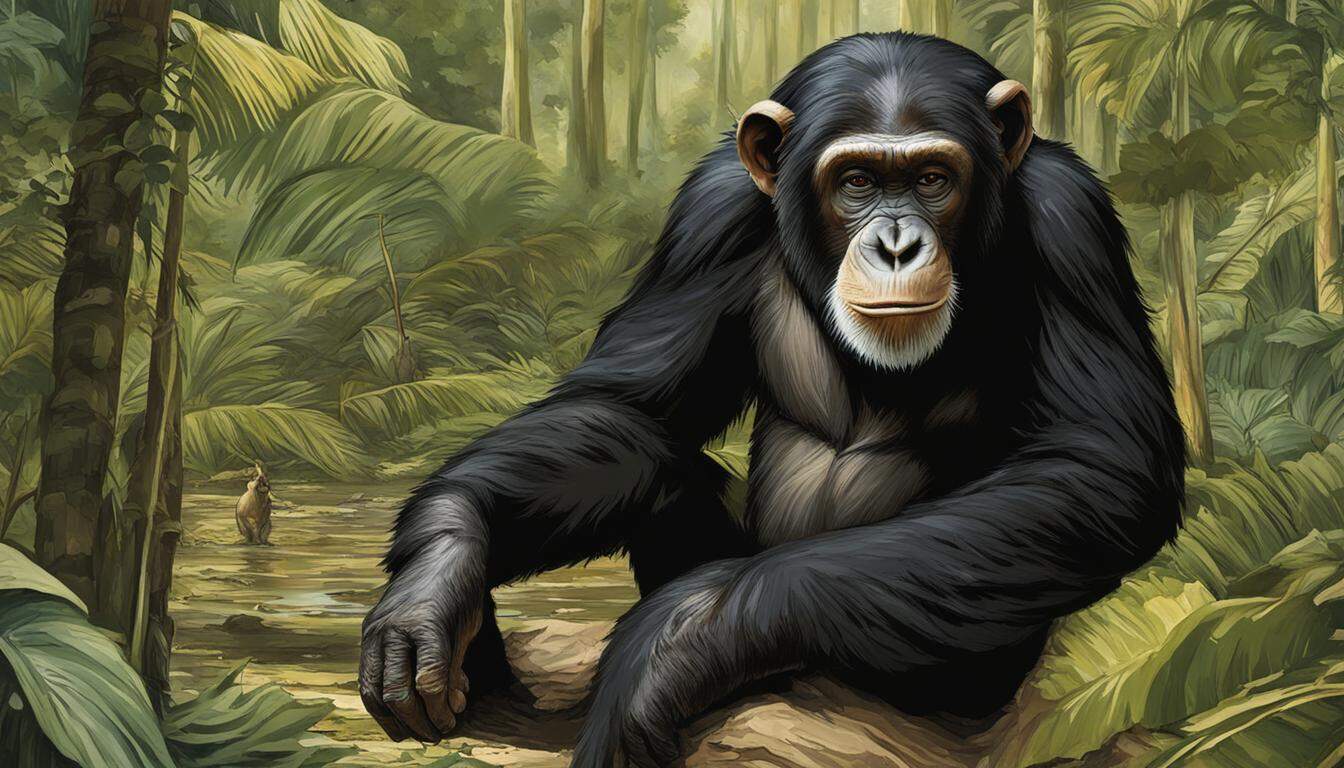
What are the key conservation efforts to protect chimpanzees?
When it comes to protecting chimpanzees, a variety of conservation efforts are implemented to safeguard these incredible creatures and their habitats. By addressing the threats they face and promoting sustainable practices, we can ensure the long-term survival of chimpanzee populations. One of the primary objectives of chimpanzee conservation efforts is to tackle the key threats
-
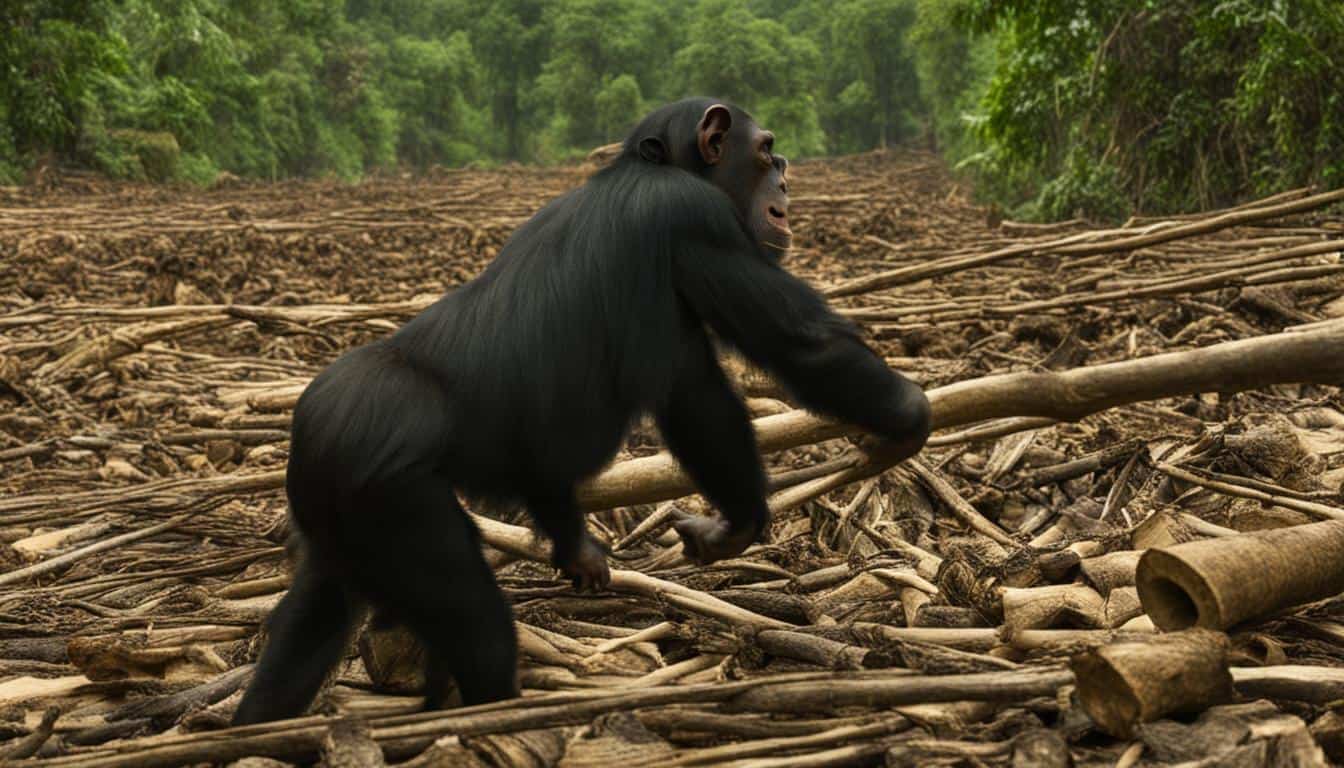
Where Can Chimpanzees Be Found in the Wild?
If you’ve ever wondered about the natural habitat and geographic distribution of chimpanzees, you’ve come to the right place. Chimpanzees, our closest relatives in the animal kingdom, can be found in various parts of Africa. They inhabit forests and savannahs in tropical Africa, making them a crucial part of the region’s biodiversity. There are four
-
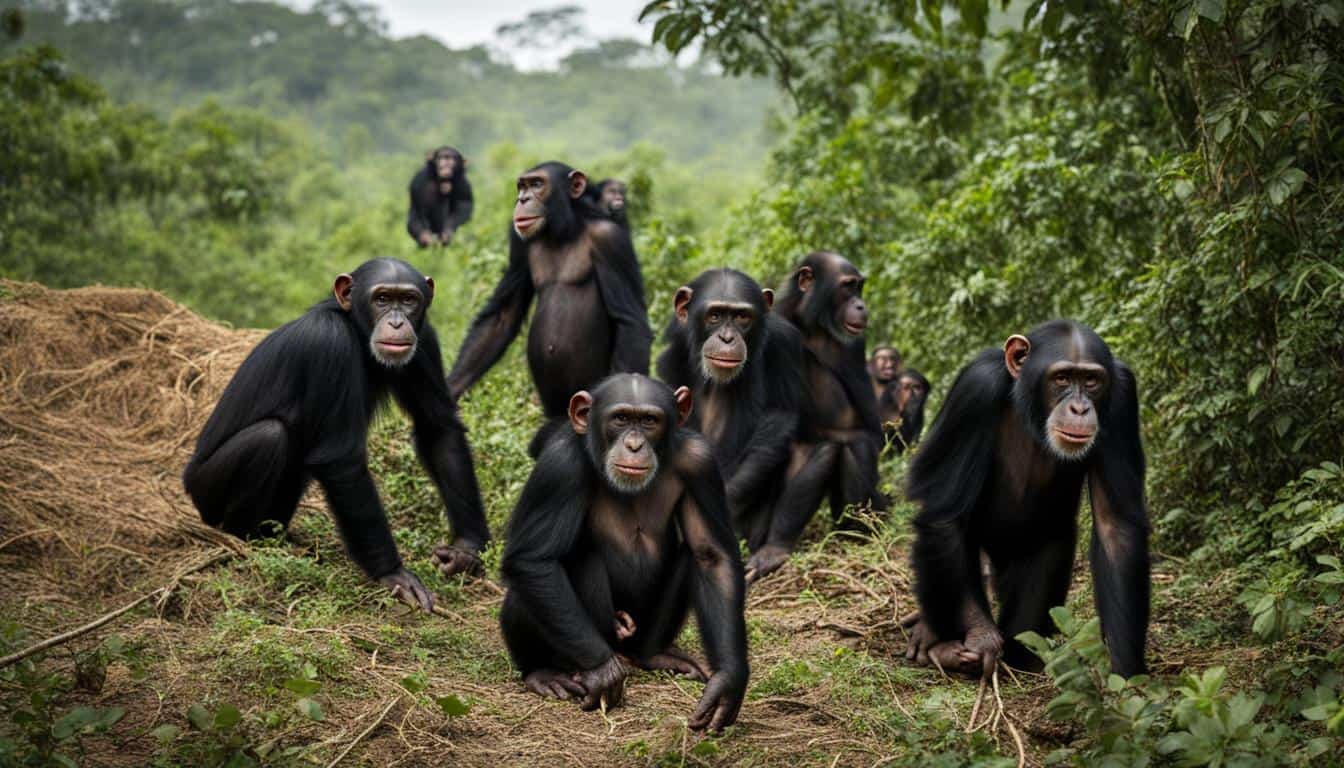
What are the Primary Threats Facing Wild Chimpanzee Populations?
Chimpanzee conservation and the impact of human encroachment are significant concerns for the survival of these remarkable primates. Wild chimpanzee populations are facing multiple threats, including habitat loss, disease, and hunting. As a result, all four chimpanzee subspecies are now endangered. Disease Threats to Chimpanzee Populations Chimpanzees are highly vulnerable to various diseases, and the
-
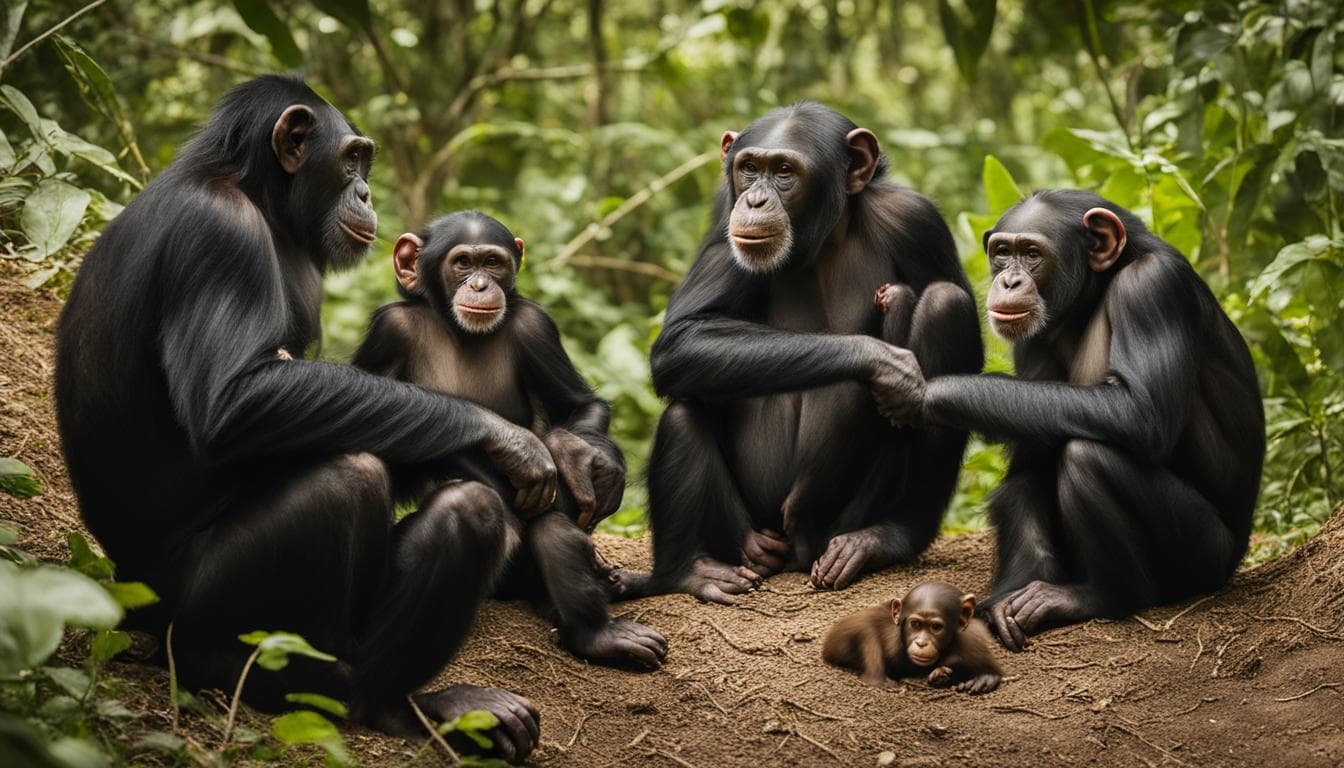
How are chimpanzee families structured in the wild?
Chimpanzees, our closest living relatives, live fascinating lives in the wild, with complex social structures and family dynamics. Understanding their family structure provides valuable insights into their behavior and evolutionary history. In the wild, chimpanzees live in extended family groups called communities, consisting of 20 to 120 individuals. These communities exhibit a fission-fusion social organization,
-
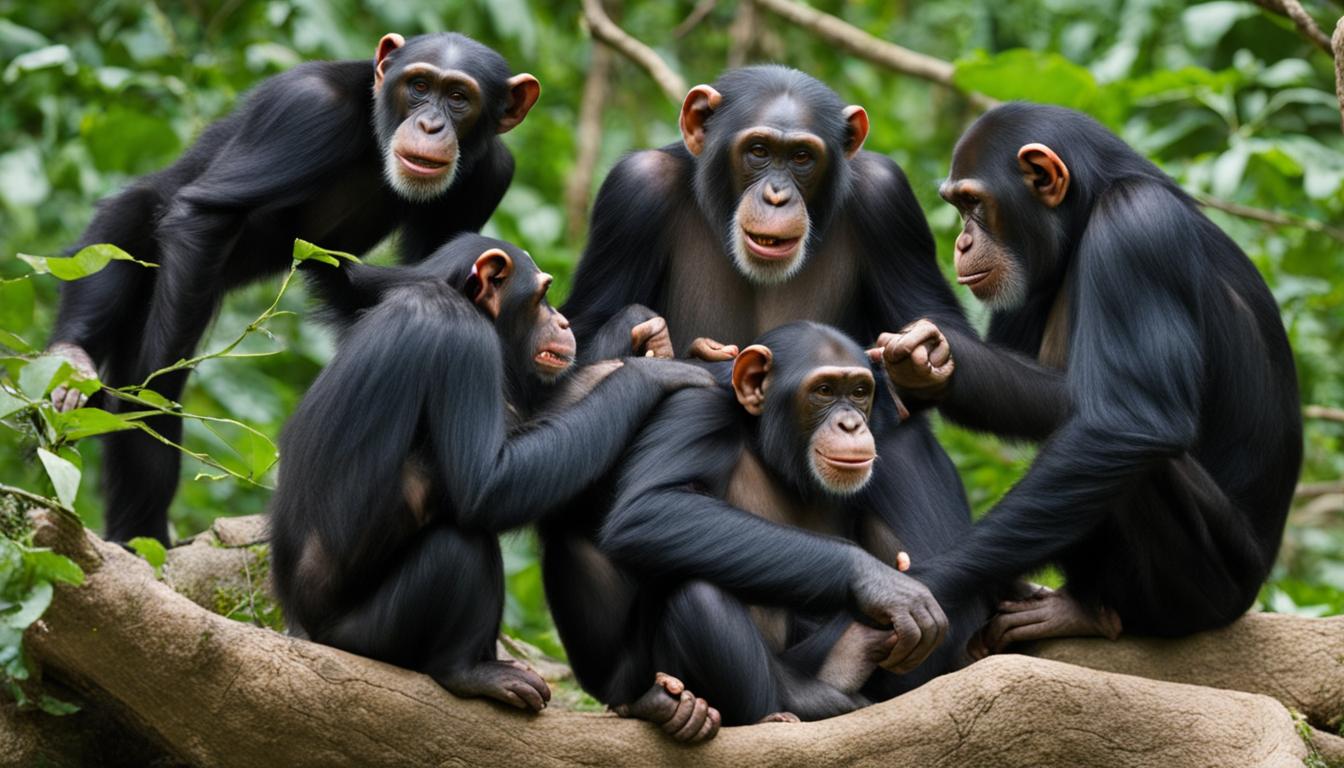
How do chimpanzee groups function, and what are their dynamics?
Chimpanzees are fascinating creatures that live in extended family groups, exhibiting complex social behavior and dynamics. Understanding their group dynamics and social behavior provides valuable insights into the nature of chimpanzee societies. Chimpanzee groups, consisting of 20 to 120 individuals, follow a fission-fusion social organization. They form smaller interchangeable groups and periodically come together. Female
-
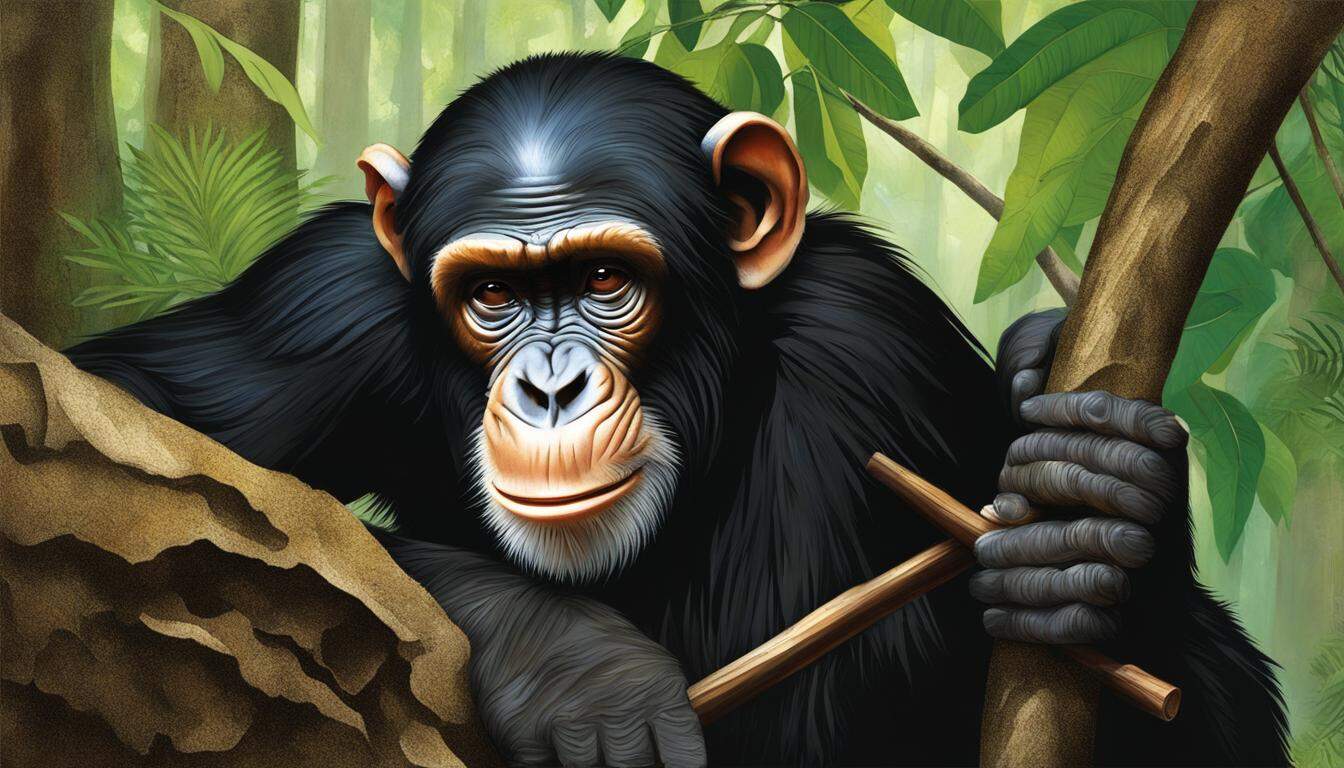
How have chimpanzees adapted to their environments?
Chimpanzees, our closest relatives in the animal kingdom, have developed incredible adaptations that allow them to thrive in their diverse environments. From their physical characteristics to their behavioral and ecological strategies, chimpanzees have evolved unique survival strategies that have enabled their species to endure and flourish. In this article, we will explore the fascinating world
